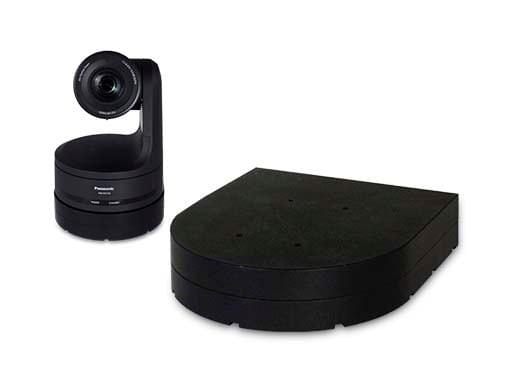
When it comes to long-range camera transmission, you may be looking for a camera fiber extension. Single-mode fiber cables allow you to transmit signals over long distances, and can be used for a variety of applications, including sports and entertainment venues. Several brands of camera fiber extensions are available, and some can even be used on a single networked camera. However, there are some advantages of single-mode fiber cables that are worth considering before investing in one.
A camera fiber extension system is made up of two VisionLink XFs, which are remote extenders for Camera Link base. These extenders support pixel clock rates from 20 to 85 MHz. They attach to the framegrabber and extend optical fiber. Then, the two VisionLink XFs are connected by fiberoptic cables. This setup is ideal for long-range fiber-optic applications, like remote monitoring, and can also be used to transfer data between two cameras. You can also get the live cinematic multicam from this provider today.
If you have a fibre camera installed in your home, you may be wondering what the best way to extend the cable is. Fortunately, there are a few easy-to-use methods for fiber camera extension. These tips may also help you get the most from your fiber camera. The following are some things you should keep in mind when purchasing a fiber camera extension: RCX C-Link: This product is specifically designed to adapt Camera Link data to a fiber-optic cable. It supports base-, medium-, and full-mode cameras. This device replaces the Camera Link cable and features a plug-and-play design that is similar to the original Camera Link connector. The fiber camera extension is compatible with a 240-MB/s data rate and offers electrical isolation. Blackmagic Studio Fiber Converter: This device is used at the other end of the broadcast camera chain. It converts signals from a remote camera into standard television industry connections. This fiber converter has a high-capacity power supply that allows you to power your camera without worrying about losing your signal. It also includes connections for dual channel intercoms, audio inputs, and a backup engineering talkback channel. These converters will make your broadcast camera look and work like a professional studio.
Explore more on this subject by clicking here: https://en.wikipedia.org/wiki/Intercom.